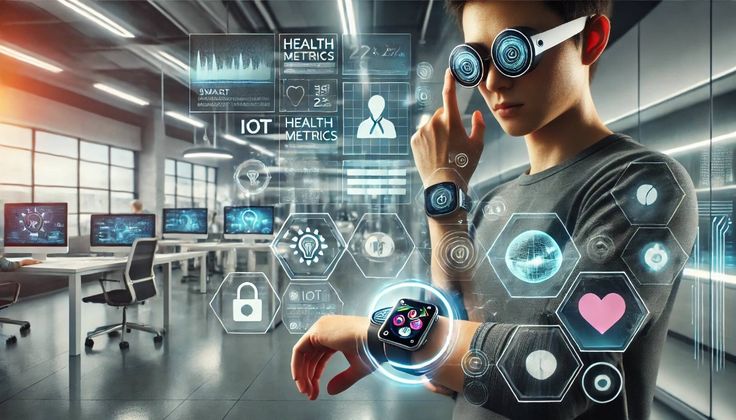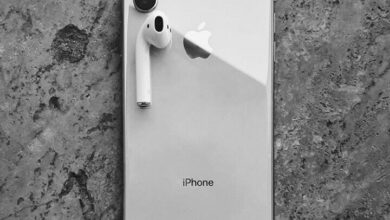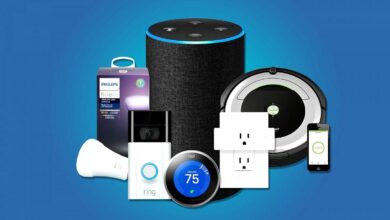The Future of Wearable Tech
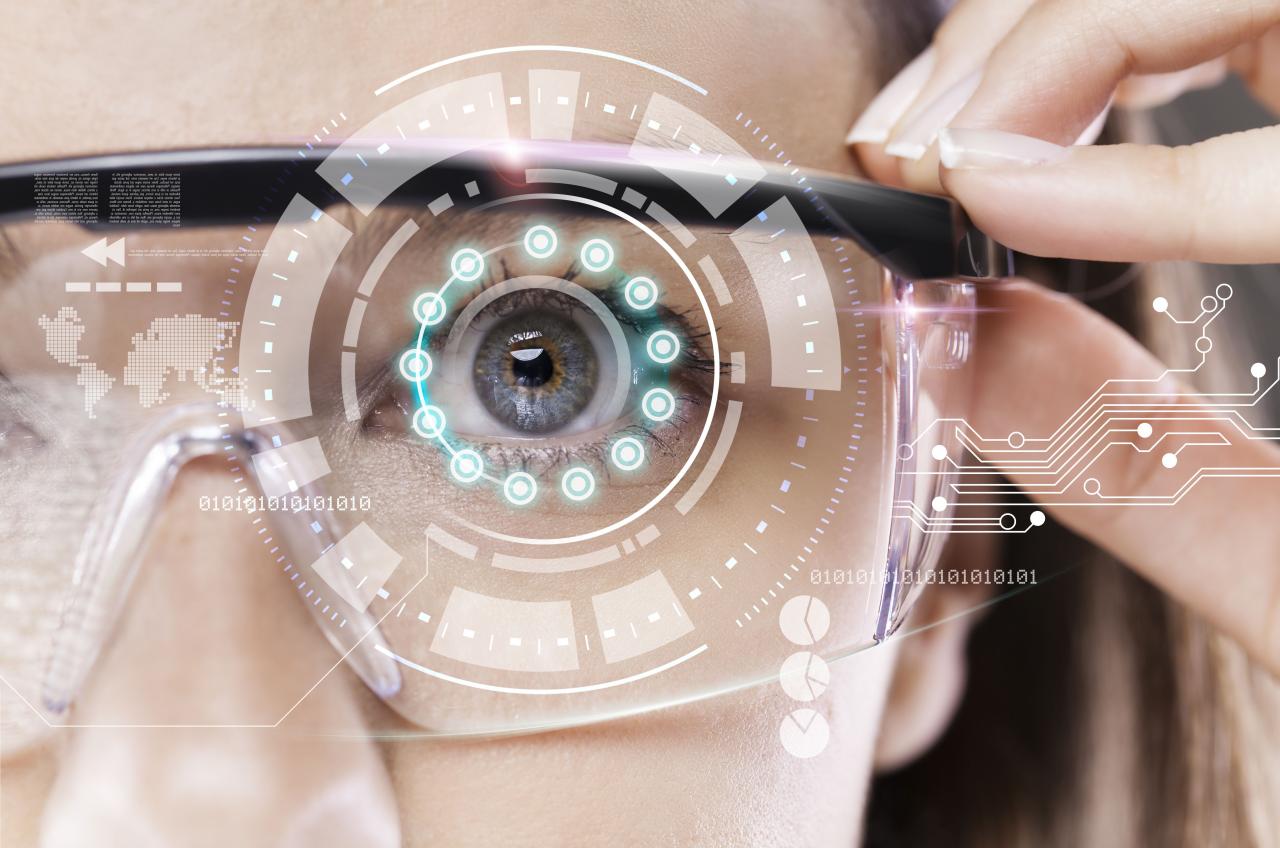
Redefining Human-Machine Interaction
In the fast-paced world of technology, a new frontier is emerging, one that blurs the line between our physical selves and the digital realm. This is the era of wearable technology, a movement that extends beyond smartwatches and fitness trackers. It’s a silent revolution that’s embedding computing and data directly into our daily lives, transforming everything from how we monitor our health to how we interact with the world around us. This isn’t just a fleeting trend; it’s a profound shift that is reshaping industries, redefining human-machine interaction, and creating a new ecosystem of personal data.
The future of wearable tech is not about simply wearing a gadget; it’s about seamlessly integrating technology into our existence. Imagine a world where your clothing can monitor your vital signs, your glasses can provide augmented reality overlays, and your jewelry can act as a secure digital key. This is the promise of the next generation of wearables—a future where technology is always on, always connected, and always at our service, without being a distraction.
The Core Pillars of Wearable Innovation
The evolution of wearable technology is built on several key principles that are driving its rapid adoption and development. These concepts are the bedrock of the next generation of smart devices.
A. The Health and Wellness Revolution
Perhaps the most significant impact of wearable technology is its ability to put personal health data directly in our hands. What started with simple step counting has evolved into a sophisticated, continuous monitoring system.
- Continuous Biometric Monitoring: Modern wearables can track a vast array of biometric data, from heart rate and sleep patterns to blood oxygen levels and skin temperature. This data provides a holistic view of a user’s health, allowing for proactive health management and early detection of potential issues.
- Personalized Health Coaching: Beyond just collecting data, the next generation of wearables will use AI to analyze a user’s health information and provide personalized coaching. Imagine a device that not only tells you your stress levels are high but also suggests a specific breathing exercise to help you relax.
- Remote Patient Monitoring: For the healthcare industry, wearables are a game-changer. They enable doctors to monitor patients with chronic conditions remotely, allowing for more timely interventions and reducing the need for frequent hospital visits. This is a critical step toward a more efficient and patient-centered healthcare system.
B. Enhanced Reality and Contextual Awareness
The future of wearable technology is moving beyond the screen on your wrist and into the world of augmented and mixed reality. This shift is about overlaying digital information onto our physical environment, creating a more context-aware and interactive experience.
- Augmented Reality (AR) Glasses: AR glasses have the potential to replace the smartphone screen entirely. Imagine navigating a new city with directions overlaid on your vision, or receiving real-time information about a landmark as you look at it. This technology promises a seamless blend of the digital and physical worlds.
- Contextual Computing: Future wearables will be able to understand their context—your location, what you’re doing, and who you’re with. This will allow them to provide information and assistance that is both timely and relevant, without the need for you to pull out a phone or actively search for it.
- Digital Identity and Security: Wearables are becoming central to our digital identities. From using a smartwatch for secure payments to using biometric data from a ring to unlock your car, these devices are a key part of the future of personal security and authentication.
C. The Rise of Smart Clothing and Textiles
The next frontier for wearables is clothing itself. Instead of being an accessory, the technology will be integrated directly into the fabric we wear, making it a truly seamless part of our lives.
- E-Textiles and Smart Fabrics: Researchers are developing fabrics that can generate energy from body heat, change color based on the wearer’s mood, or even provide haptic feedback. These materials will enable a new generation of smart clothing that can adapt to our needs.
- Biometric Garments: Imagine a shirt that can monitor your heart rate during a workout, or a pair of socks that can track your posture and gait. This data will be used to provide personalized feedback and help prevent injuries, making our clothing a critical tool for health and performance.
- Adaptive Wear: Clothing of the future could adapt to the environment. A jacket might be able to warm you up in cold weather or cool you down in the heat, all without the need for bulky batteries or manual adjustments.
Challenges and the Ethical Frontier
As wearable technology becomes more ubiquitous, it also introduces a new set of challenges that need to be addressed.
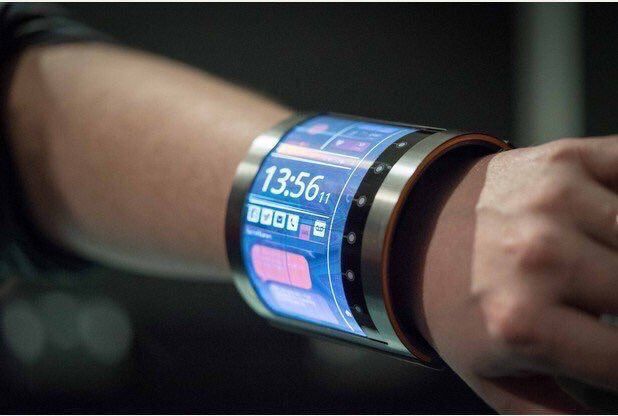
- Privacy and Data Security: The vast amount of personal data collected by wearables, from location history to health metrics, raises significant privacy concerns. Ensuring this data is secure and that users have full control over it is a critical challenge.
- Interoperability and Standards: The current wearable market is fragmented, with many devices and platforms that don’t communicate with each other. The development of open standards and protocols will be essential for a truly integrated wearable ecosystem.
- Ethical Implications of AI: As wearables become more intelligent and able to make autonomous decisions, it raises ethical questions about who is responsible for their actions and how we ensure these systems are free from bias.
The Promise of a Connected Future
The future of wearable technology promises a world that is more connected, more informed, and more responsive to our needs. This isn’t just about gadgets; it’s about a fundamental evolution in how we interact with technology. From empowering individuals to take control of their health to creating a more context-aware and seamless world, wearables are at the forefront of the next technological revolution. They are poised to change not just our relationship with devices, but our relationship with ourselves and the world around us.
